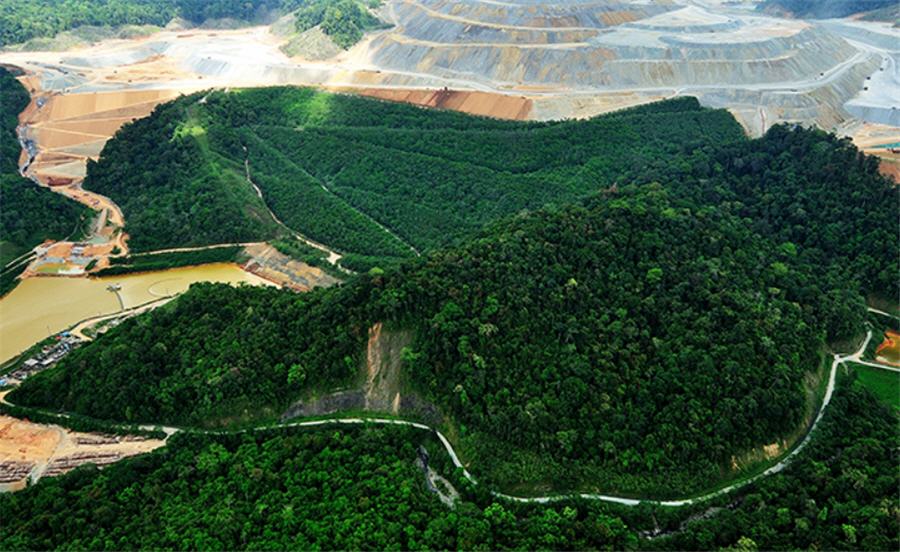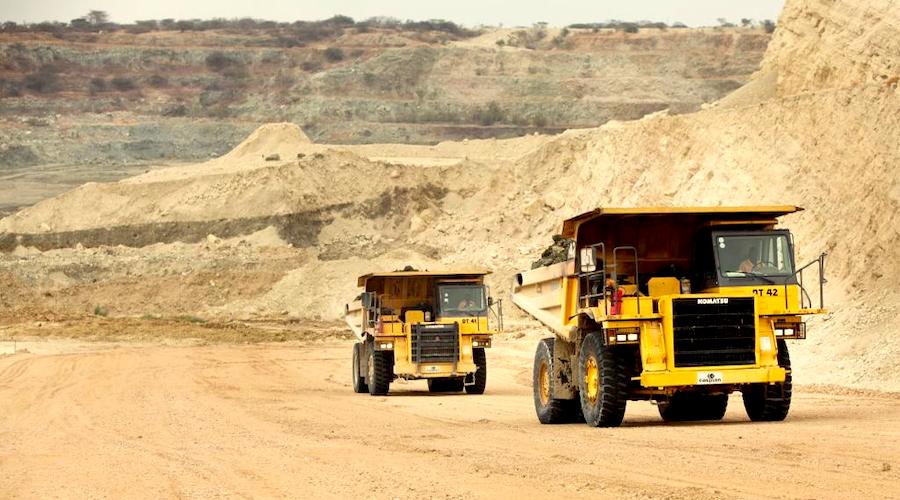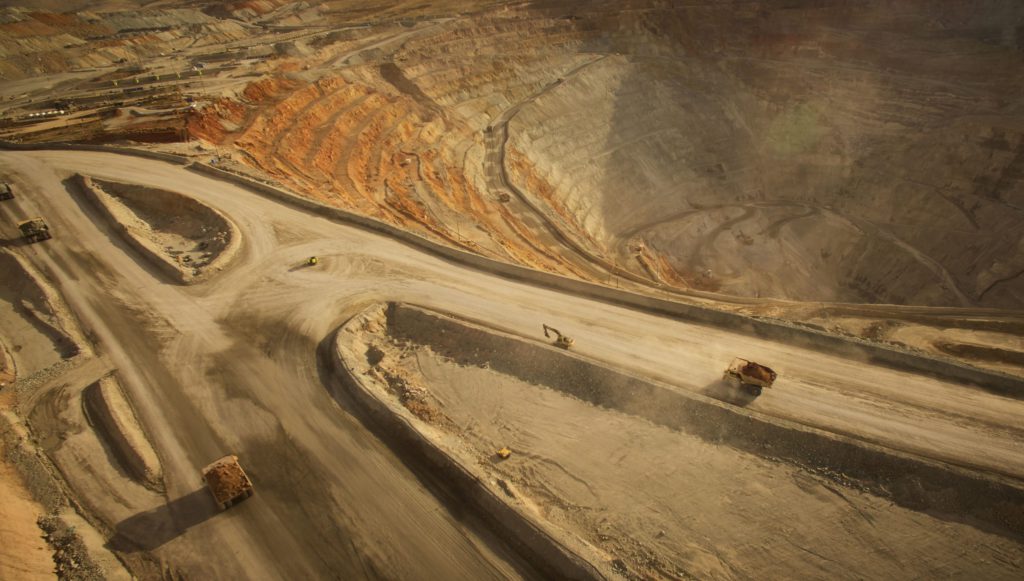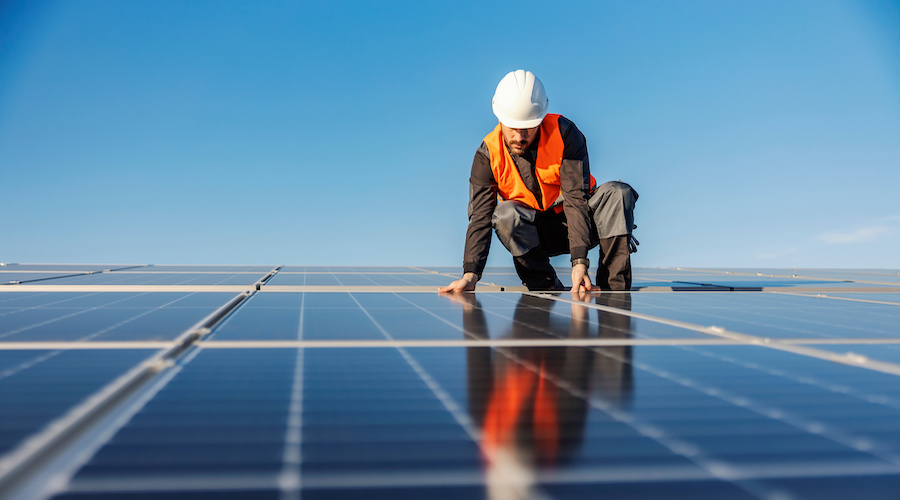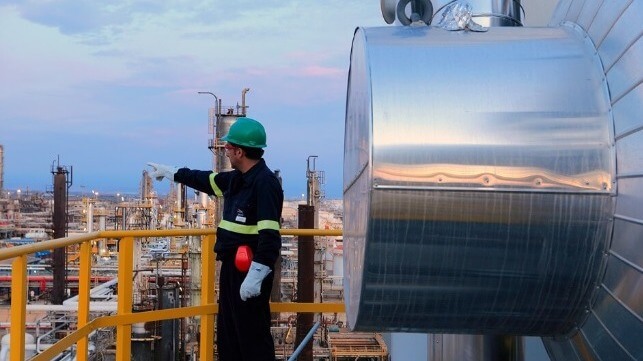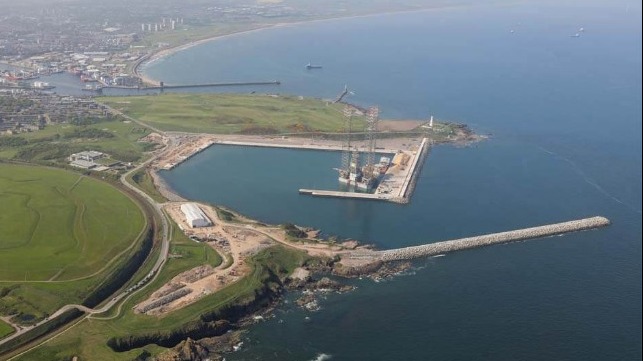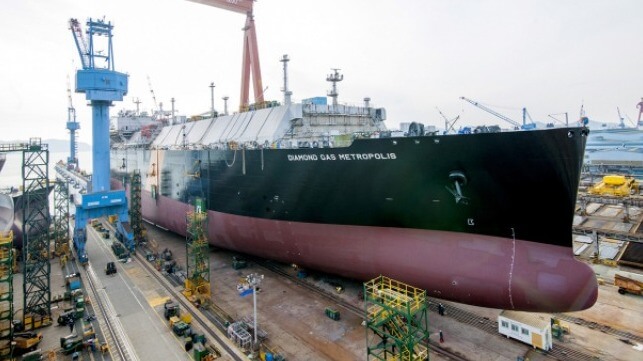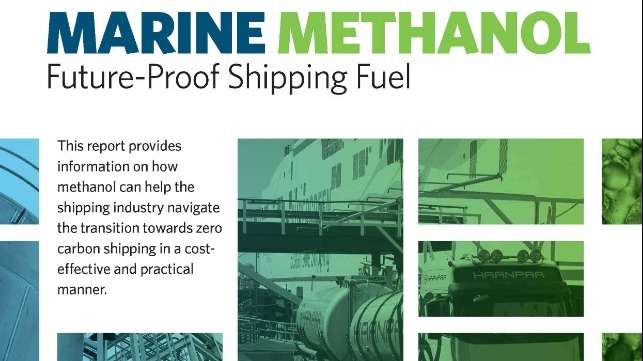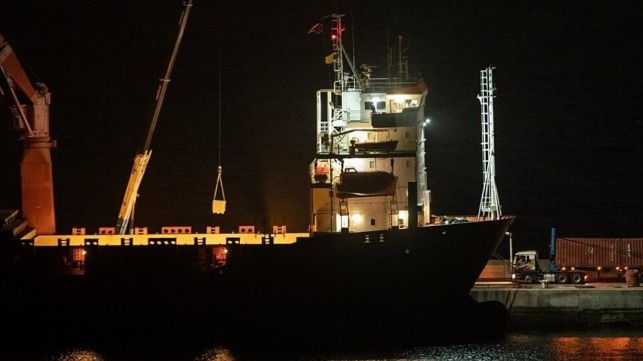New model could possibly be used to predict the locations of minerals on Earth and potentially other planets
Mining.com

Researchers at the Carnegie Institution for Science and other universities and organizations across the US have developed a machine learning model that can predict the locations of minerals on Earth -- and potentially other planets -- by taking advantage of patterns in mineral associations.
Their tool, however, uses data from the Mineral Evolution Database, which includes 295,583 mineral localities of 5,478 mineral species, to predict previously unknown occurrences based on association rules. The authors tested their model by exploring the Tecopa basin in the Mojave Desert, a well-known Mars analog environment.
“Mineral association analysis quantifies high-dimensional multi-correlations in mineral localities across the globe, enabling the identification of previously unknown mineral occurrences, as well as mineral assemblages and their associated paragenetic modes,” the report reads.
The model was able to predict the locations of geologically important minerals, including uraninite alteration, rutherfordine, andersonite, schröckingerite, bayleyite and zippeite.
In addition to this, the model located promising areas for critical rare earth elements and lithium minerals, including monazite-(Ce), allanite-(Ce), and spodumene.
Once this was done, the researchers tested and confirmed several of these mineral occurrence predictions in nature, thereby ground-truthing the method.
“Mineral association analysis can be a powerful predictive tool for mineralogists, petrologists, economic geologists, and planetary scientists,” the authors said in a media statement. “[It] will enhance our understanding of mineralization and mineralizing environments on earth, across our solar system, and through deep time.”
